Classroom Reading Garden Ideas: Creating a Green Oasis for Young Readers
Creating a classroom reading garden can transform the way your students experience books and nature. These special outdoor or indoor spaces combine the relaxing atmosphere of a garden with the joy of reading, making learning more engaging and enjoyable.

Why not enhance your classroom with a vibrant reading garden that sparks imagination and curiosity? Whether you’re an experienced gardener or just starting out, there are plenty of simple and creative ways to build a reading garden that your students will love.
1) Butterfly Garden

Creating a butterfly garden in your classroom is a wonderful way to bring nature indoors. Begin by selecting the right plants. Choose flowers that attract butterflies, like milkweed and coneflowers.
Next, consider the garden’s location. A spot that gets a minimum of six hours of sunlight is ideal. This helps flowers bloom and butterflies stay active.
You should also involve students in the process. They can help plant and care for the garden. This hands-on activity teaches them about the life cycle of butterflies and the importance of habitat. Visit this guide for tips on starting a school butterfly garden.
2) Storybook Pathway
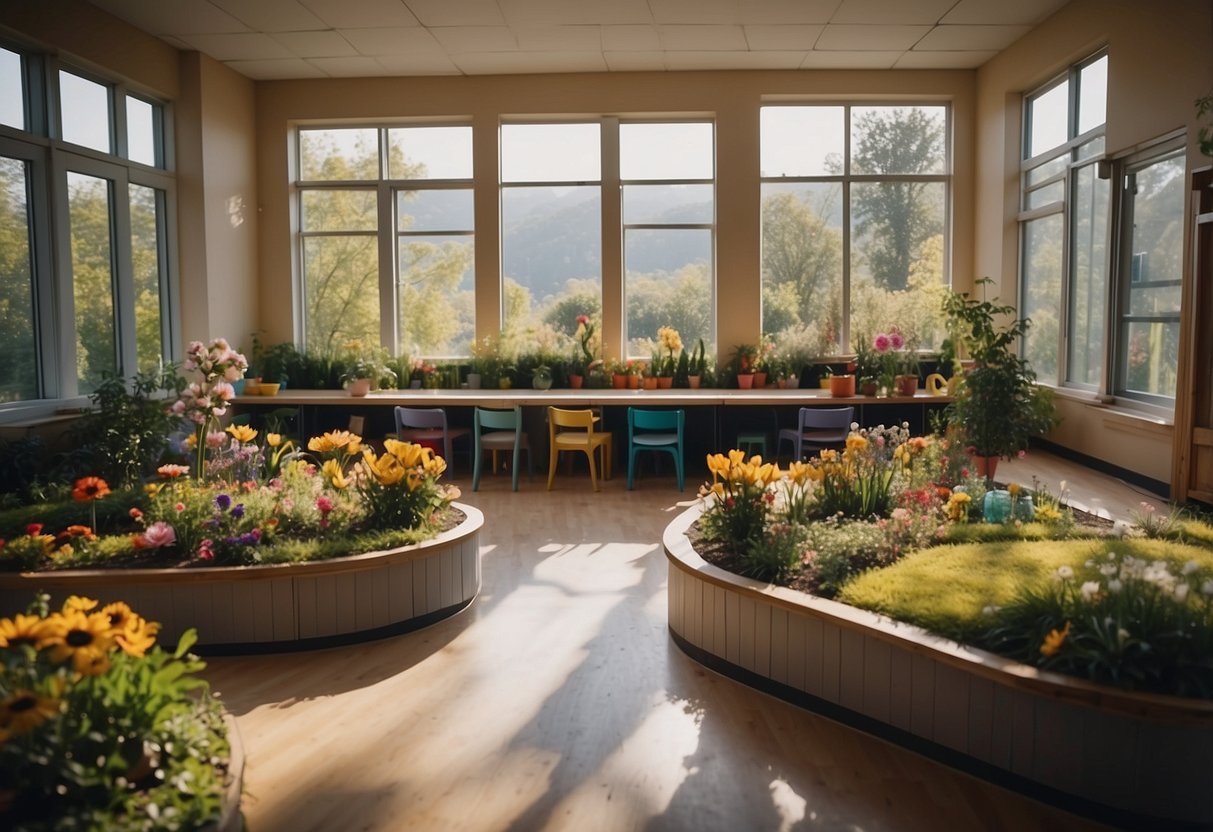
Create a magical Storybook Pathway in your classroom reading garden. Use stones, wood slices, or colorful tiles to form a winding path.
Along the path, place signs with quotes from children’s books. Planting tall flowers like sunflowers or adding whimsical decorations can add to the storybook feel.
For more ideas, consider using plants like drumstick allium or colorful grasses to brighten up the pathway.
Let your imagination guide you in making the path as enchanting as possible, encouraging students to explore new books and stories.
3) Miniature Vegetable Plot
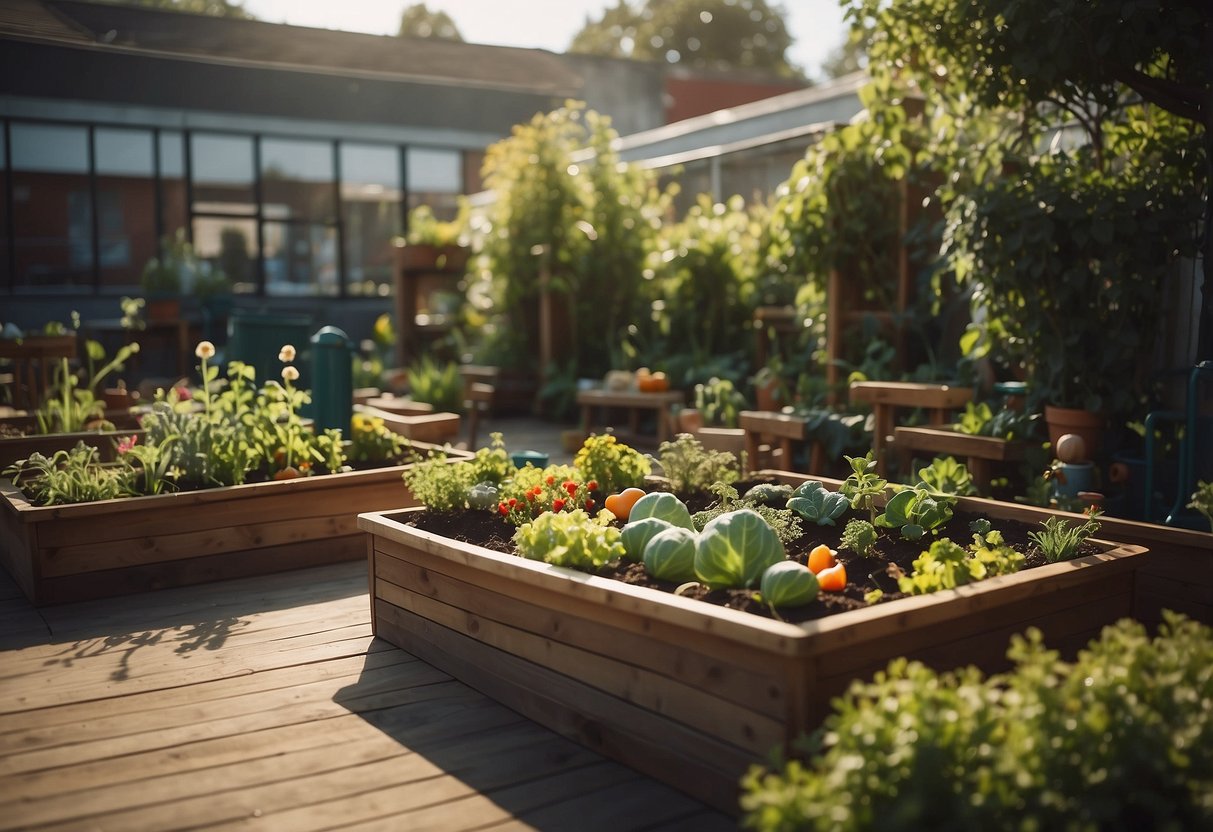
Creating a miniature vegetable plot in your classroom garden is a fun and manageable project. You can grow a variety of tiny vegetables, like Birds Eye Pepper, which are perfect for small spaces and containers.
Students can plant and care for these tiny plants themselves. This hands-on experience will help them learn about plant growth and responsibility.
4) Classic Bench Reading Nook
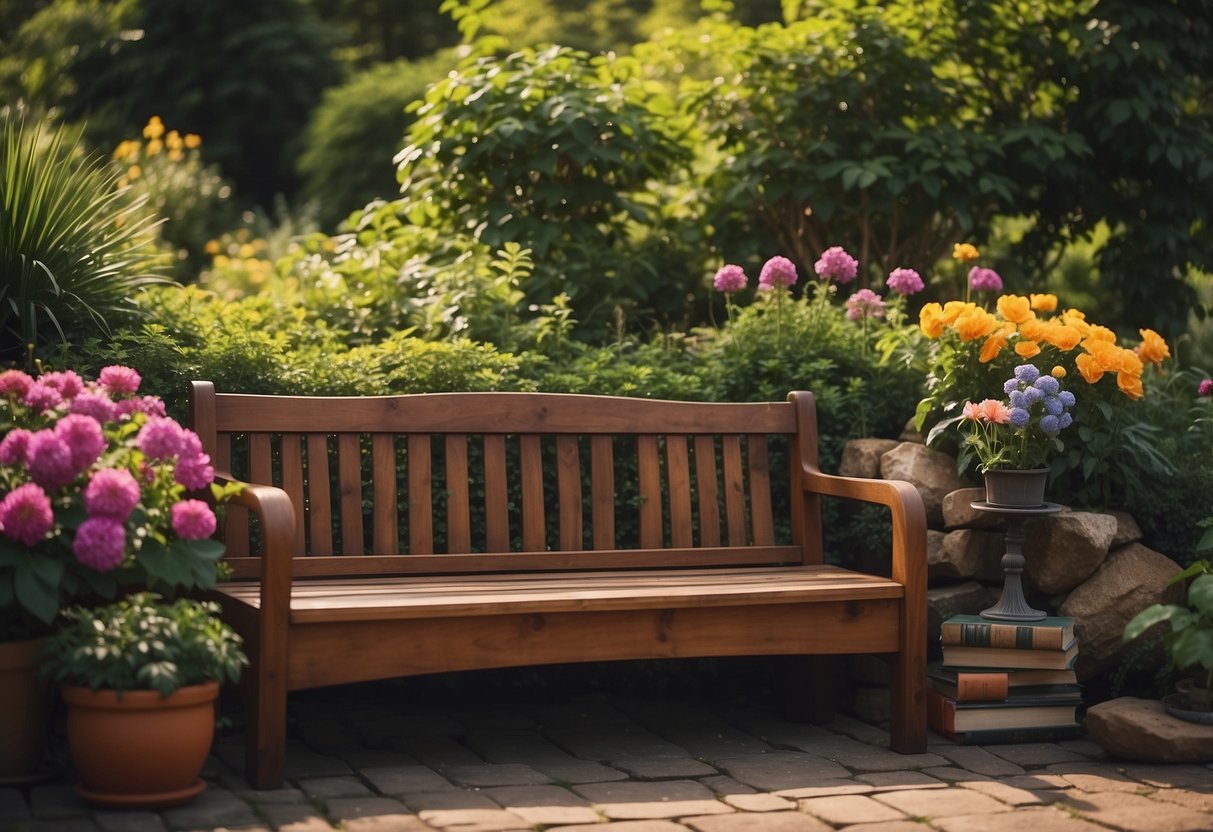
A classic bench reading nook can transform any outdoor classroom space into a cozy reading escape. Choose a sturdy bench with comfortable seating. You can place it under a shady tree or near a flower bed for a calming atmosphere.
Add some soft cushions and blankets to make the bench more inviting. You might also consider adding a small side table to hold books and refreshments. This simple setup can turn your garden into a favorite reading spot for students. A bench surrounded by nature encourages both relaxation and focus, making it ideal for young readers to enjoy their books.
5) Scented Herb Corner
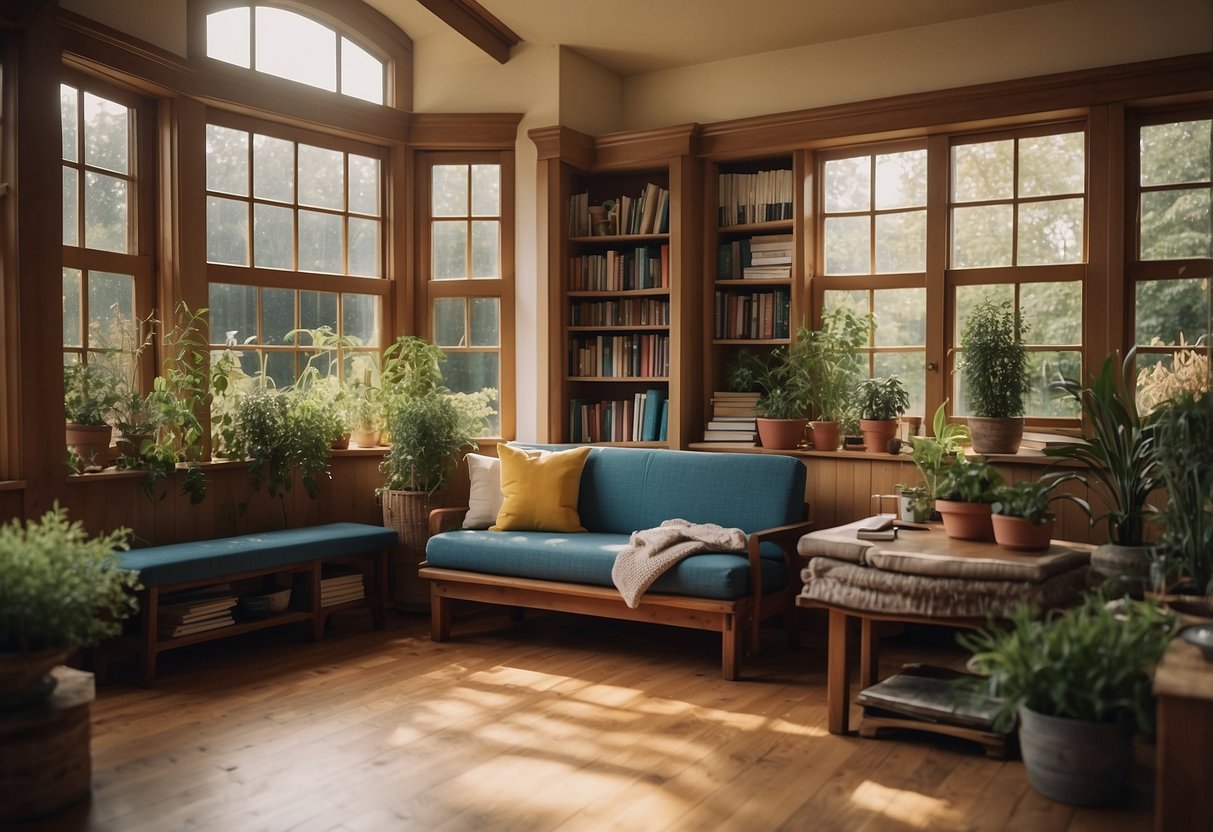
Create a Scented Herb Corner in your classroom to make reading more delightful. Choose herbs like mint, basil, or lavender. These plants are easy to grow and have a pleasant smell.
Place small pots with these herbs near your reading area. Your students will love the fresh scents as they read.
To keep the herb corner thriving, show your students how to water and care for the plants. This will also teach them responsibility and gardening skills. If you need more ideas on creating classroom gardens, take a look at these classroom garden tips.
6) Rainbow Flower Beds
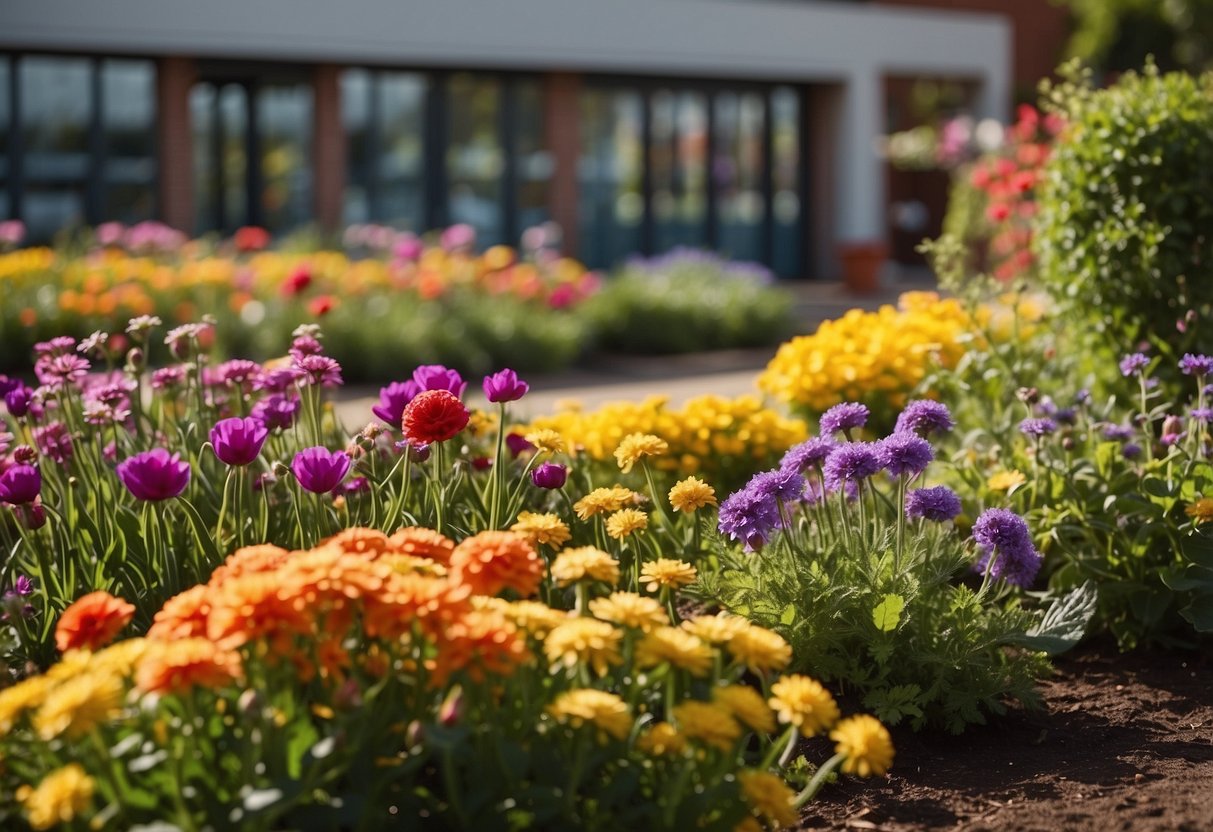
Creating rainbow flower beds is a fun way to brighten up your classroom reading garden.
Plant red flowers like tulips and roses alongside orange blooms such as marigolds and poppies.
Add yellow flowers like sunflowers and daffodils. Mix in green foliage, blue hydrangeas, purple lavender, and pink petunias.
Mixing in edible plants like strawberries, carrots, and corn can make your garden even more exciting. Your students will love the burst of colors and the joy of watching their garden grow each day.
7) Fairy Tale Statues
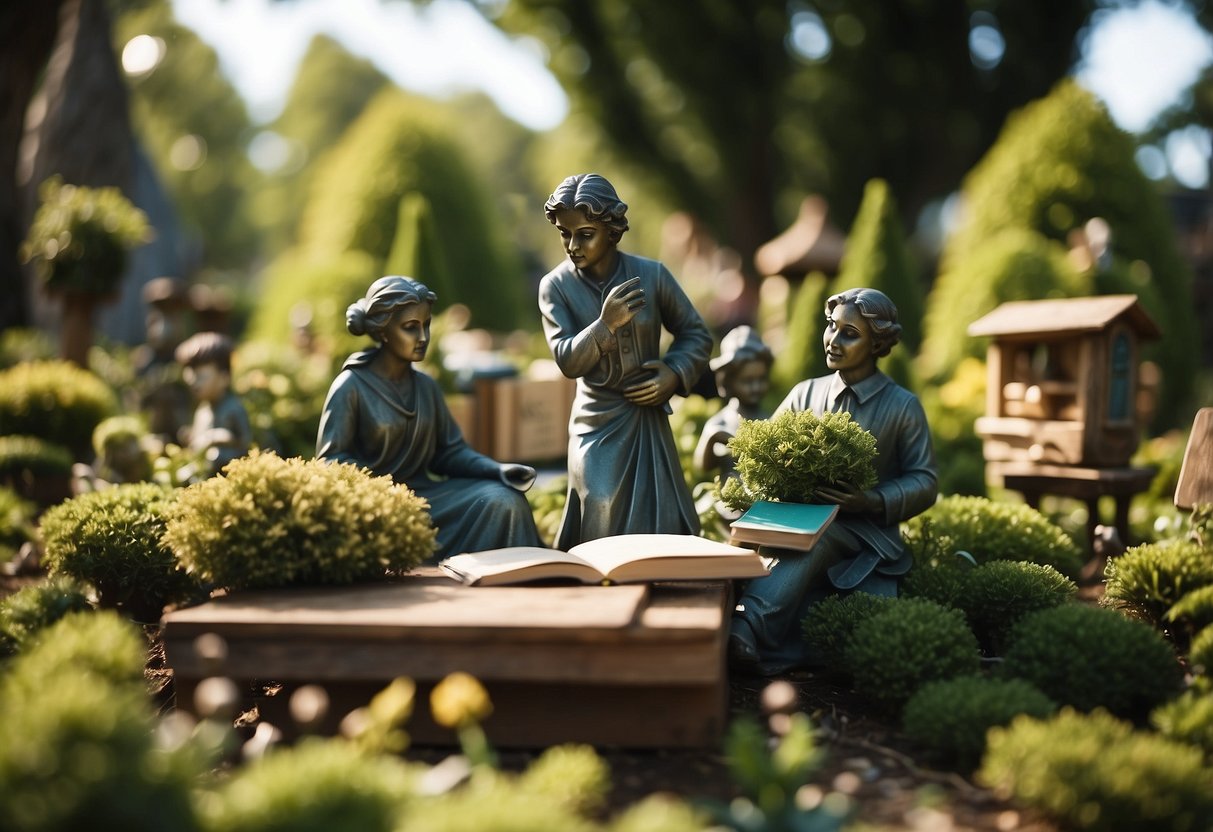
Adding fairy tale statues to your classroom reading garden can spark imagination and wonder. Think of characters like fairies, gnomes, or woodland creatures.
Place these statues among the plants and flowers. This creates a magical setting.
Choose statues made from durable materials to withstand the elements. Look for detailed designs to captivate your students’ attention.
Incorporate statues from well-known fairy tales. This can help make connections between the garden and stories they read. For example, a small dragon or a fairy house.
8) Recycled Bottle Planters

You can create fun and eco-friendly planters for your classroom reading garden using plastic bottles. Cut the bottles in half and fill them with soil.
You can paint the bottles to make them more colorful and fun. This is a great activity that students can enjoy, bringing creativity into the classroom.
Hanging these planters on walls or placing them on window sills adds a vibrant touch. Plus, it’s a great way to teach kids about recycling and sustainability.
9) Interactive Garden Journal
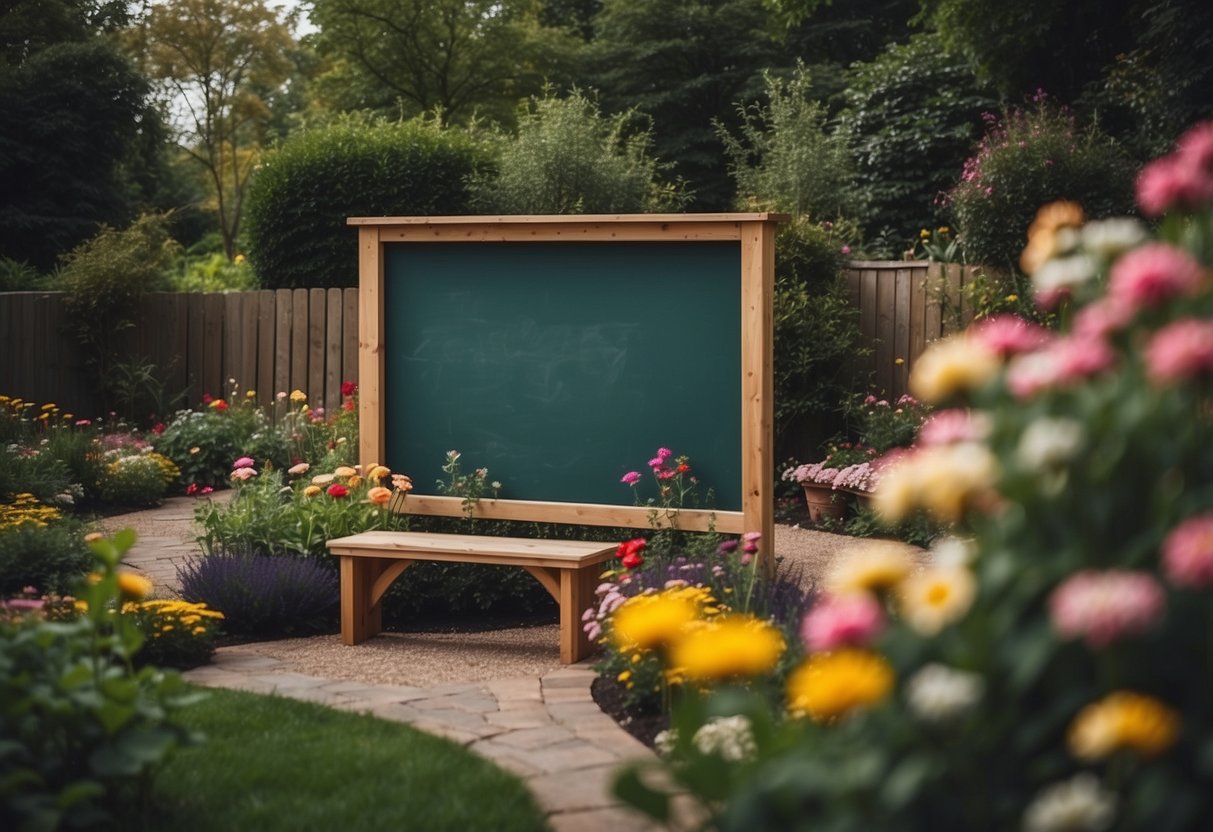
An interactive garden journal helps students record their observations and experiences.
Encourage students to write about the plants they are growing. They can note changes they see daily or weekly.
Adding drawings or photos makes the journal more engaging. This visual aspect can help students remember what they learned.
Journals can also include charts or graphs showing growth. This helps in developing math skills.
Reflecting on their entries aids future garden planning. Explore more on this at KidsGardening.
10) Sensory Plant Section

Creating a sensory plant section in your classroom reading garden can make the space exciting and engaging. Sensory gardens aim to stimulate all five senses.
Incorporate plants with vibrant colors, like purple coneflower and tulips, to delight the eyes. Include herbs like mint and lavender which can provide pleasant scents.
For touch, you can add plants with interesting textures, like lamb’s ear. Grow edible plants like strawberries for taste. Install a small water element for soothing sounds. A sensory plant section will make your garden a multi-sensory experience for everyone.
Benefits of a Classroom Reading Garden

A classroom reading garden can boost students’ learning and creativity while also promoting environmental awareness. It provides a unique space where students can connect with nature and improve their academic skills in a hands-on way.
Enhancing Learning and Creativity
A reading garden stimulates imagination. As students read in this outdoor setting, their senses engage more deeply. The fresh air and natural surroundings can spark new ideas and foster creativity.
You can enhance this experience by integrating writing activities in the garden. Encourage students to keep a garden journal. Writing about their observations helps improve writing skills and deepens their understanding of nature.
Also, the physical aspect of gardening can aid in learning. Students develop fine motor skills as they plant, water, and tend to the garden. These activities make learning interactive and enjoyable.
Promoting Environmental Awareness
Setting up a reading garden helps students learn about the environment firsthand. They discover how plants grow and the importance of caring for the earth. These lessons can inspire a lifelong respect for nature.
You can teach students about ecological balance by discussing topics like composting, recycling, and the plant life cycle. This awareness can extend beyond the garden, influencing their habits at home.
Involving students in the design and upkeep of the garden fosters a sense of ownership and responsibility. They are more likely to care for the environment and advocate for green practices. This hands-on experience is invaluable in developing environmentally conscious individuals.
Designing Your Classroom Reading Garden

Creating a reading garden in your classroom involves selecting suitable plants, adding comfortable seating, and developing interactive learning areas. These elements work together to make an inviting space for your students to enjoy reading and learning.
Choosing the Right Plants
Picking the right plants is crucial. Opt for low-maintenance plants like spider plants or succulents. These require minimal care and are great for beginners.
Herbs like basil or mint can add a nice scent and are easy to grow.
Consider plants that help clean the air, like peace lilies, to improve indoor air quality.
Make sure your garden gets enough light but not direct sunlight, which could damage some plants.
Incorporating Comfortable Seating
Comfortable seating is a must for a reading garden. Use bean bags, cushions, or even small benches.
You can create a cozy nook with mats or rugs.
Flexible seating arrangements let kids choose where they feel most comfortable.
Consider weather-resistant furniture if your garden is outside. Bright colors and fun patterns can make the seating area inviting.
Creating Interactive Learning Spaces
Interactive spaces make the garden educational. Include chalkboards or whiteboards for drawing and writing.
Label plants with informative cards explaining their species and benefits.
Incorporate storytelling corners where students can read aloud.
Use garden tools to let students participate in plant care, teaching responsibility and life skills.
Interactive features can transform your garden into a dynamic learning environment.







